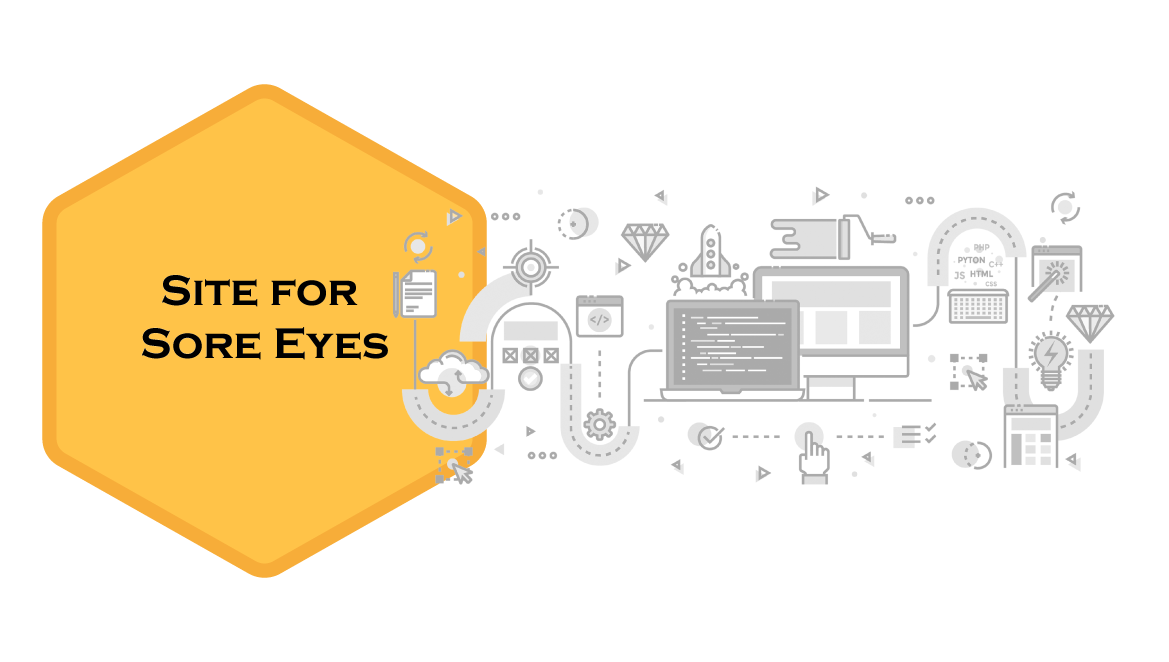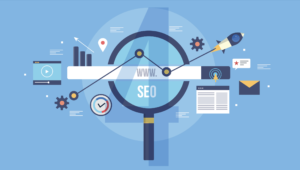Site for Sore Eyes – Web Design & Development
In a digital world, before customers engage with you on social media, the first encounter with your brand is usually through your website. If that experience is not optimized, seamless and easy, the battle is over before it’s even begun, and the customer is lost.
Whether you’re small business owner selling hardware parts, a tax lawyer wanting to increase your business reach, an indie perfume house that wants to make the world smell great, or an ecommerce startup listing over a 1000 products, your website is the first and foremost tool in expanding your business reach, not only increasing your digital visibility, relevance and reliability, but have a frictionless user experience that delivers leads, prospects and most importantly, sales conversions.
At Beespoke, our expert team of web designers and developers have identified 9 key elements of great website design, and we adhere to this methodology during the planning, design, development and deployment phases:
Mobile-first Design: Fairly self-explanatory if you think about it. Global stats for mobile usage were 51% versus other devices – desktops, laptops and tablets – in July 2020. With more and more people using their cellphones to shop, plan meetings, track projects, or date it is crucial that a mobile-first strategy be applied to any website design.
Accessibility for All: A user-friendly website must cater to the unique challenges and requirements of the blind, disabled or elderly. Inclusiveness is key.
Properly Structured Architecture: With the vast amounts of information and content available on websites, and user data stored for analytics, the architecture or structure of the website requires careful thought, and includes layout of the website, page designs, databases – anything that makes it easy for the user to find what they wanted to find.
Fast Load Times: Slow speed or unresponsiveness is the one the biggest reasons why visitors click away (or bounce) from your website. A typical customer will only wait for a few seconds, before navigating away – and you’ve lost their business for good.
Not only that, Google’s algorithm penalizes websites (affecting placement in search results) that have slow load times because of:
- Large images, which aren’t optimized
- Too many third party website plug-ins, widgets or tracking tools
- Back-end or Front-end architecture which isn’t optimized
Browser Compatibility: With a multitude of browsers across all devices (Internet Explorer, Edge, Chrome, Safari, Firefox, Opera) there is always the possibility that your brand spanking shiny website doesn’t display properly in certain browsers.
Multi-browser testing is an important part of our pre-deployment testing process
Optimized Navigation: To get your customer from the homepage to where you want them to go, your navigation needs to be meticulously planned out. Making customers jump through hoops to add a product to their cart, or just sign-up creates friction and frustration, again leading to bounce. Poor page linkages, not enough ways to view content, and generic 404 error pages hinder a good navigation experience.
And most importantly, for ecommerce websites, or sites with a lot of content (magazines, recipe sites), search is a vital component of navigation. If done badly, Game Over.
Consistent with Brand Image: Taking all the above into account doesn’t mean that your brand voice and brand look-and-feel is lost in the process. Maintaining the visual aspects of your brand, in your brand voice, and keeping the entire experience as authentic as possible is one of the most important parts of our framework, and is one of the over-riding parts of the entire process.
Scalable & Adaptable: This is a problem faced by a lot of older websites that over time, keep adding bits and pieces to their website code, in an attempt to fix leaks and breakage. For new websites, the methodology is to have the bare minimum in place that gets it all done, with room to grow if business needs change.
Secure: Web security is crucial to keeping customer data secure, and deterring hackers and cyber-thieves from accessing sensitive information. Without a proactive security strategy, businesses risk cyberattacks on their websites, internal networks, and other IT infrastructure.
For ecommerce businesses, this is a non-negotiable element, because no one wants to give their financial information to a site that isn’t certified secure
Our Process
Project Scope: First, we sit down with you to list down your business goals and website needs, creating a project work-scope document.
Wire-framing: Our designers and development team work closely to create a series of wireframes detailing every page of the website for your review.
Sign-off on Design: Our team will present the wireframes to you, make any revisions needed, or get approvals to move ahead.
Develop Site: Our development team begins the website development process, based on the approved wireframes, with regular updates on progress.
Testing & QA: Once development is complete, our expert team of Testers and Quality Assurance engineers will go through each page and check for any errors or issues in functionality, navigation, load times and make corrections as needed.
Website Goes Live: Once the website has been fully reviewed, tested and approved by the client, we push the site live
Web Development Team
Our development team has expertise in working with major platforms such as WordPress, Joomla, Magento, Drupal (Uber Cart), WooCommerce, osCommerce and Zen Cart, and are well versed with the latest tools, technologies and platforms – HTML, JavaScript, CSS, PHP, Ruby on Rails, HTML 5, MEAN Stack, nodeJS, reactJS and much more.
To find out how Beespoke can help you elevate your web game, get in touch with us today.





